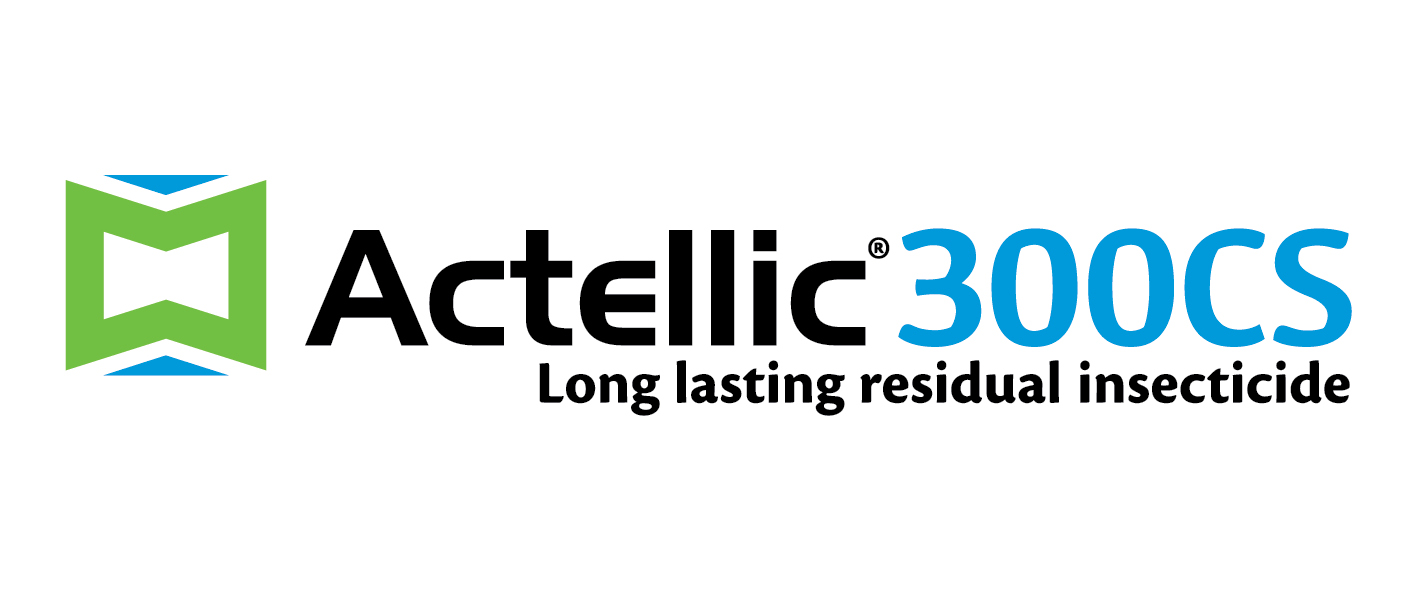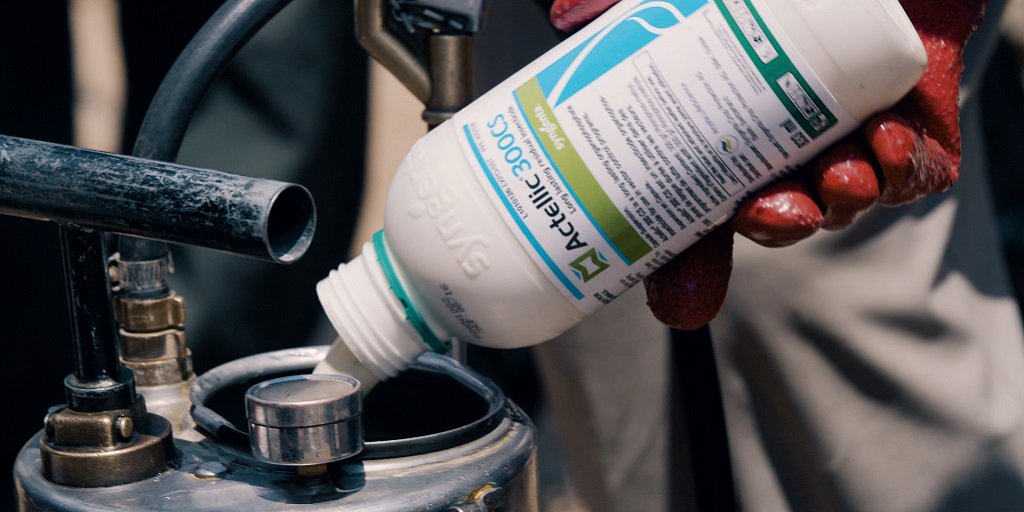
Actellic®300CS is a 3rd generation Indoor Residual Spraying (3GIRS) micro-encapsulated formulation of an existing organophosphate insecticide, Pirimiphos-methyl, co-developed through a partnership between Syngenta and IVCC.
NgenIRS, the partnership led by IVCC, that includes the US President’s Malaria Initiative, Abt Associates, PATH and The Global Fund, to increase the use of 3GIRS products has included Actellic®300CS along with other 3GIRS products, making the pre-emptive annual rotation goal outlined in the Global Plan for Insecticide Resistance Management in Malaria Vectors (GPIRM) achievable.
Benefits and features
Microencapsulated pirimiphos methyl (Actellic®300CS) is a highly effective and appropriate insecticide for Insecticide Residual Spraying (IRS) use, as it shows a relatively prolonged residual activity compared to other products used for the same purpose. The insecticide extends the residual effect of IRS thereby making it possible to effectively protect communities with a single annual spray round reducing overall costs. The insecticide is a useful alternative in Insecticide Resistance Management (IRM) plans.

Use case
Mutasa District, Zimbabwe
Mutasa District is situated in the north-east of Zimbabwe bordering Mozambique, in the Manicaland Province. More than half of malaria cases in Zimbabwe are concentrated in Manicaland Province, where seasonal malaria epidemics occur despite intensified control strategies, and where there are high levels of pyrethroid and carbamate resistance. From December 2012 to May 2015, 124,206 malaria cases were reported from 42 health care facilities in Mutasa District.
Actellic®300CS was selected for the 2014 IRS campaign in Mutasa District. Trained and experienced spray operators conducted the IRS operations between November 1, 2014 and December 19, 2014.
The spraying was done to attain the recommended dose for malaria control of 1.0 g active ingredient/m2. Based on a higher burden of malaria, 20 out of 31 municipal wards were sprayed in the district. Overall, 87.3% of target structures were sprayed and 92.1% of the target population protected.
During the 6 months after the 2014 IRS campaign, a period when transmission would have otherwise peaked, the incidence of malaria was 38% lower than the preceding 24 months at health facilities in the sprayed wards. Actellic®300CS had a measurable impact on malaria incidence and is an effective insecticide for the control of An. funestus in eastern Zimbabwe.
- Reduction in Malaria Incidence following Indoor Residual Spraying (IRS) with Actellic® 300CS in a Setting with Pyrethroid Resistance: Mutasa District, Zimbabwe
- Indoor Residual Spraying (IRS) with micro-encapsulated pirimiphos-methyl (Actellic® 300CS) against malaria vectors in the Lake Victoria basin, Tanzania
- Efficacy, persistence and vector susceptibility to pirimiphos-methyl (Actellic® 300CS) insecticide for Indoor Residual Spraying (IRS) in Zanzibar
- PQT-VCT Actellic® 300CS
- Video: Syngenta’s contribution to combating Malaria